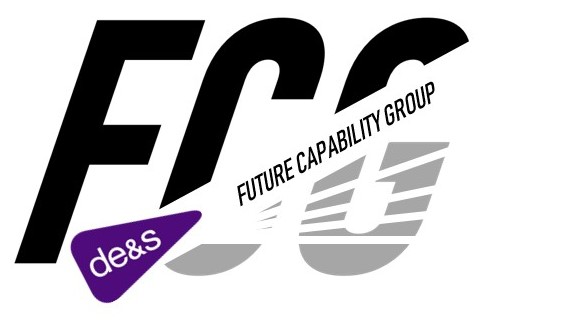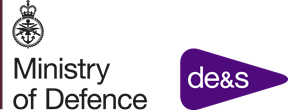Robotics and Autonomous Systems (RAS) have been identified as a key enabler to creating Operational Advantage however Defence is struggling to keep pace with the rate of technological change and is not capitalising on the opportunities that can be realised through rapid integration of disruptive digital technology.
Adapting and adopting commercial solutions deployed in other sectors is seen as a key element of outpacing and outfighting our adversaries. For many years Defence has aspired towards Modular Open Systems Architectures (MOSA) and now that more functions are enacted in software this paper considers the role of Application Programming Interfaces. Developed by a joint MOD and Industry team the paper considered the Defence challenges and how other sector practice could create conditions to accelerate capability development of Robotic and Autonomous capabilities.
The paper proposes that the following recommendations will help bring about the requires technology, data, people, skills, and talent change and provide an open frameworks for capability development as opposed to closed-system leading to bespoke solutions:.
1. Establish an architecture framework to ensure strategy, principles, reference architectures, patterns, standards, guidelines, decision-tree matrices, catalogues, and data models are defined, aligned with the business strategy and are available through self-service.
2. Define and adopt a common functional ontology and data model to enable better interoperability by allowing data to be linked at the semantic level.
3. Adopt a composable architecture with levels of abstraction through an API-led approach to drive delivery agility and reuse while providing separation of concerns.
4. Expand the logical solution architecture (outlined in section 5) to define the physical capabilities and technologies, either existing or new, required to deliver against the target architecture.
5. Create a RAS digital marketplace consisting of APIs, SDKs, a DevSecOps environment and an online presence offering disruptive technology.
6. Establish a Community of Interest/Practice to provide the ability to share and generate awareness of new capabilities across RAS, new frameworks, new Defence/non-Defence related standards, and provide an opportunity for practitioners to showcase work they have undertaken that can be reused in other areas.
The paper was developed as part of our Future capability Group (FCG) Open Innovation Laboratories (OIL) and we will continue to provide support as the recomandations are taken forward.



